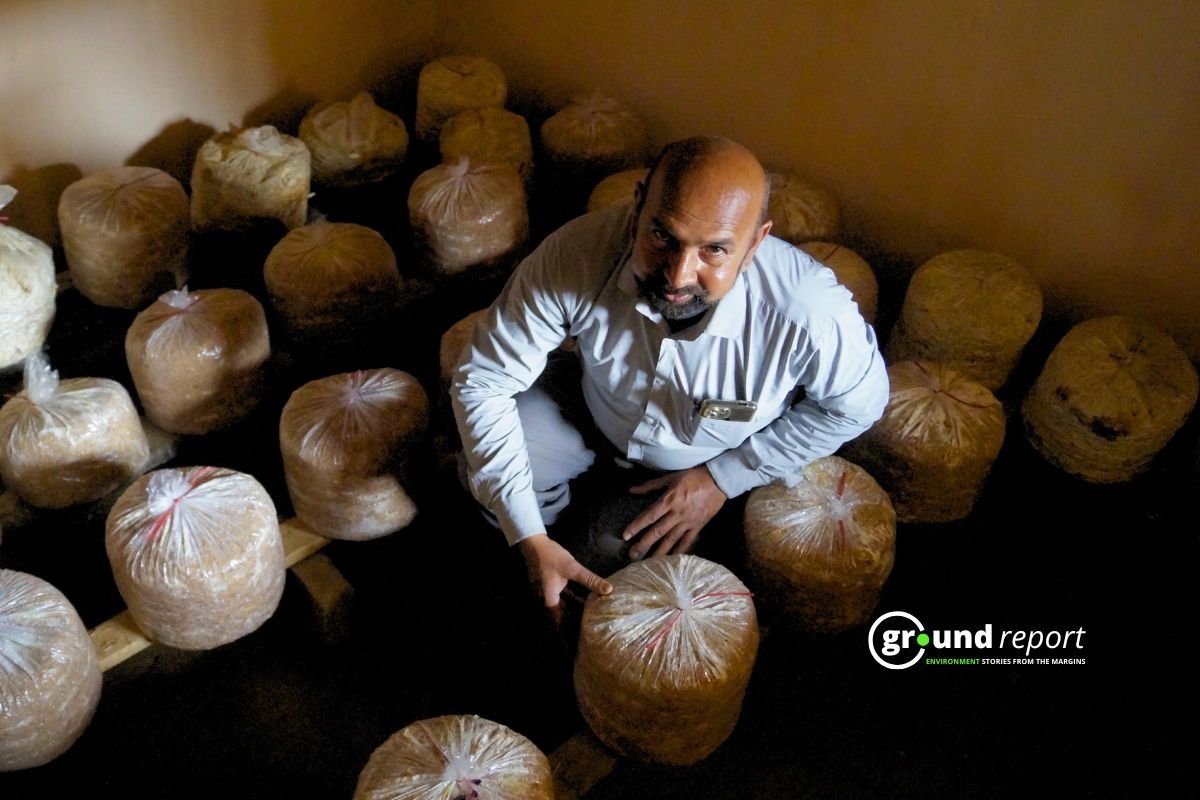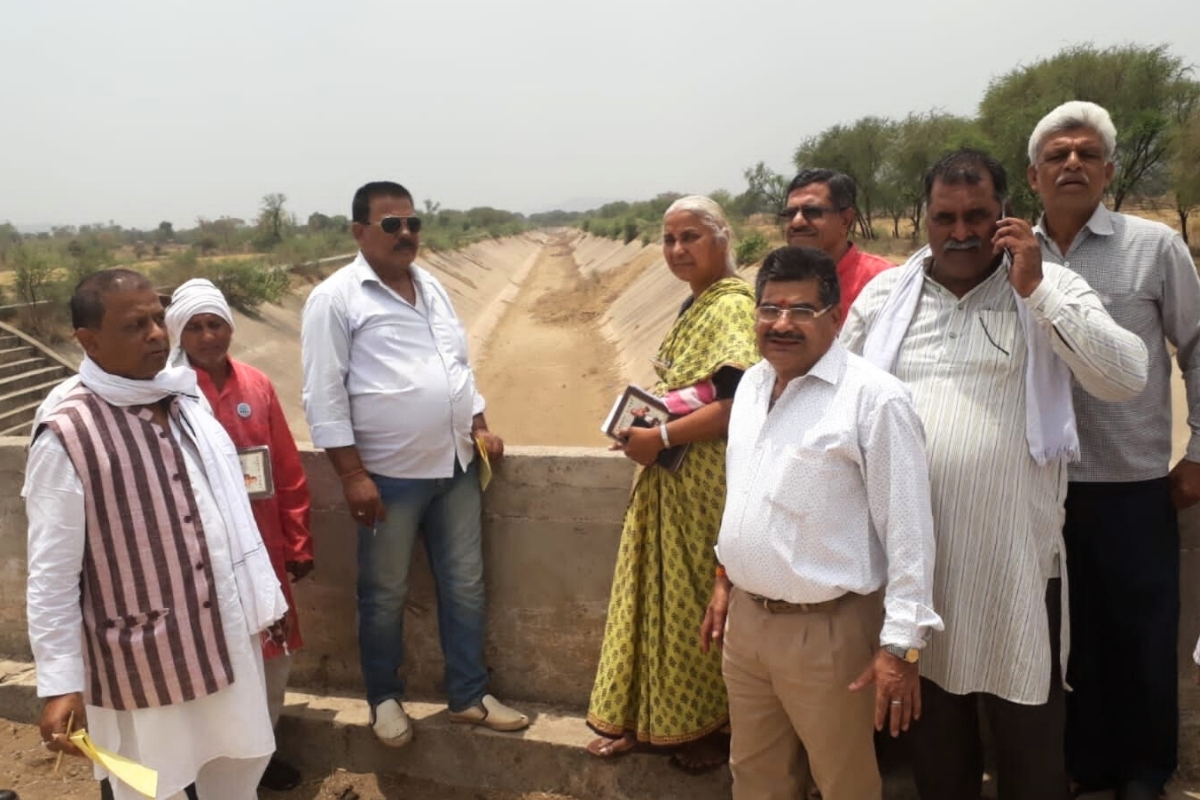The air hangs heavy. The monsoon is late. Crops wilt. In the village, a farmer checks a cracked field. In the city, power cuts return with the afternoon heat. Across India, people are feeling the heat—literally and economically.
A major national study confirms these fears.
The Yale Program on Climate Change Communication and CVoter surveyed 10,751 adults across India from December 2024 to February 2025. The survey covered 12 languages and matched the population by gender, age, education, income, religion, and location. Interviews were done by mobile phone using predictive dialing and computer-assisted methods.
The sample matched India’s population in terms of gender, age, education, income, religion, and urban or rural residence. The survey used mobile phone interviews with predictive dialing and computer-assisted telephone interviewing (CATI). The margin of error is plus or minus one percentage point at a 95% confidence level.
The study found that extreme weather is not just a future problem—it is already changing lives, work, and the country’s economic future. India, the G20’s seventh-largest economy, is growing fast. But climate change could undo years of progress. If left unchecked, climate change could reduce India’s GDP by up to 2% by 2050. By 2100, the cost could rise to 10% of GDP—around 237 billion euros under a high emissions scenario.
Over 60% of Indians work in agriculture. The sector makes up 16% of the country’s GDP. But climate change is hitting farmers hard.
More heat, less rain, and unexpected storms are cutting yields. By mid-century, losses in rice and wheat alone could cost 43 to 81 billion euros. Farmers’ incomes could drop by up to 25% in unirrigated areas.
Floods, cyclones, and sea rise threaten cities and coasts.
India’s infrastructure is also under threat. Twelve percent of the country’s land is at risk of river flooding. Coastal cities like Calicut face rising seas, cyclones, and tsunamis. Without stronger coastal protection, sea level rise could cause up to 496.7 billion euros in damage by 2100. Forced migration from coastal areas could add another 580 million euros in costs.
River floods could cause even more damage—up to 2.4 trillion euros annually by the end of the century under high emissions. Rising heat will stress energy and tourism.
As temperatures rise, so does demand for cooling. This will strain India’s energy supply and push up electricity bills. Tourism will suffer too. Foreign tourists avoid disaster-prone areas, cutting into income for many regions. While domestic travel remains stable, overall growth may slow.
This report’s charts round percentage points to the nearest whole number. Some totals may slightly differ from 100% due to rounding.
This isn’t just about weather. It’s about jobs, incomes, and national growth. The YPCCC-CVoter survey shows that people across India already see and feel these changes. The question is: will India act fast enough to protect its future?
Support us to keep independent environmental journalism alive in India.
Keep Reading
Madhya Pradesh sees 66 forest fires daily; AI tracks, action still lags
Indore’s Ramsar site Sirpur has an STP constructed almost on the lake
Indore Reviving Historic Lakes to Combat Water Crisis, Hurdles Remain
Indore’s residential society saves Rs 5 lakh a month, through rainwater harvesting
Follow Ground Report on X, Instagram and Facebook for environmental and underreported stories from the margins. Give us feedback on our email id greport2018@gmail.com.
Don’t forget to Subscribe to our weekly newsletter, Join our community on WhatsApp, and Follow our YouTube Channel for video stories.






